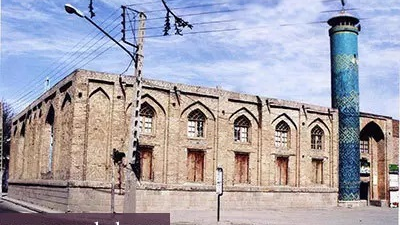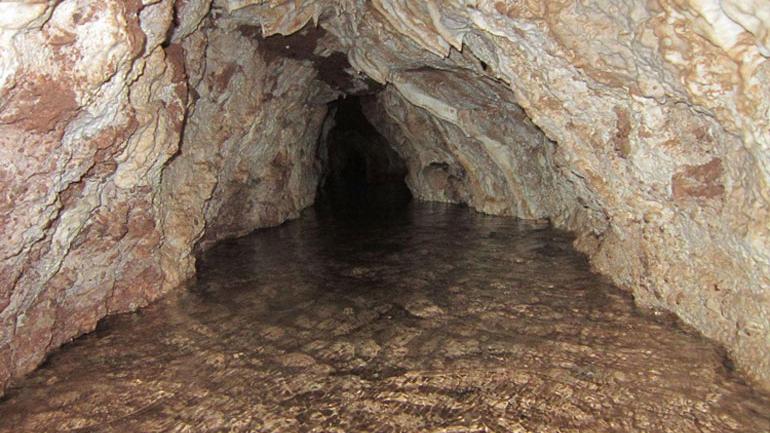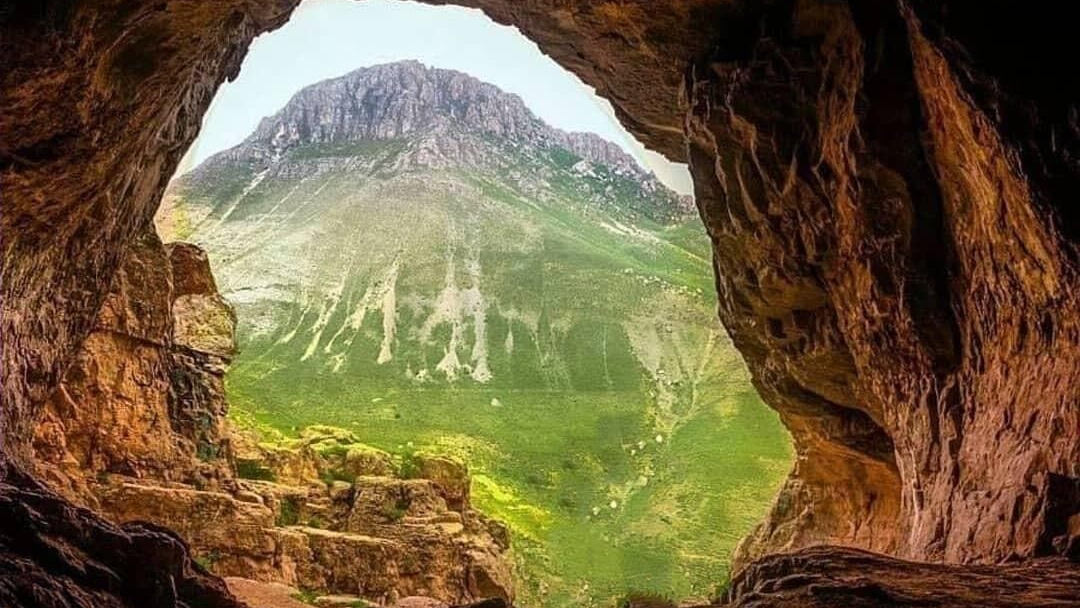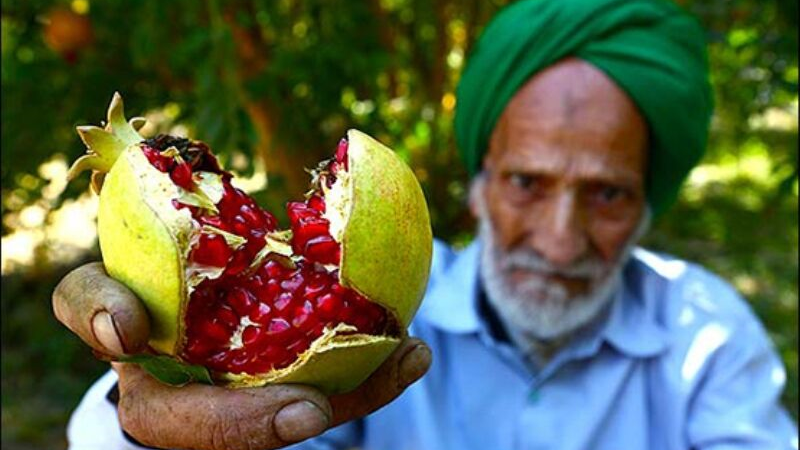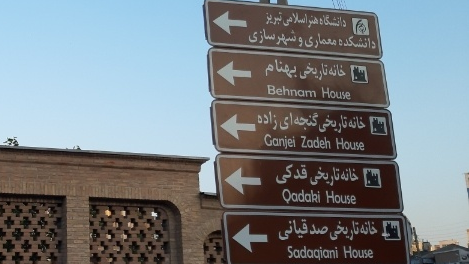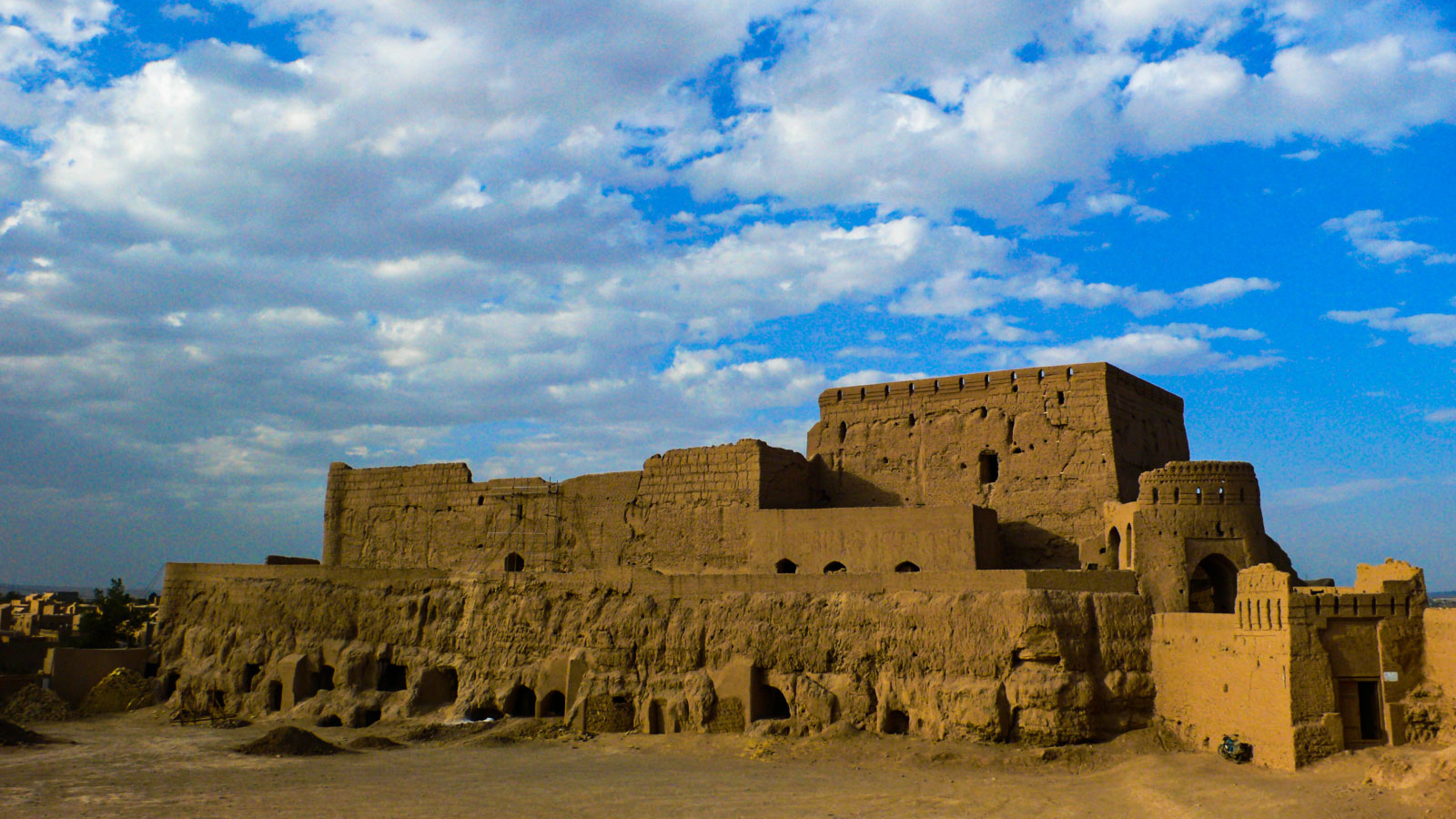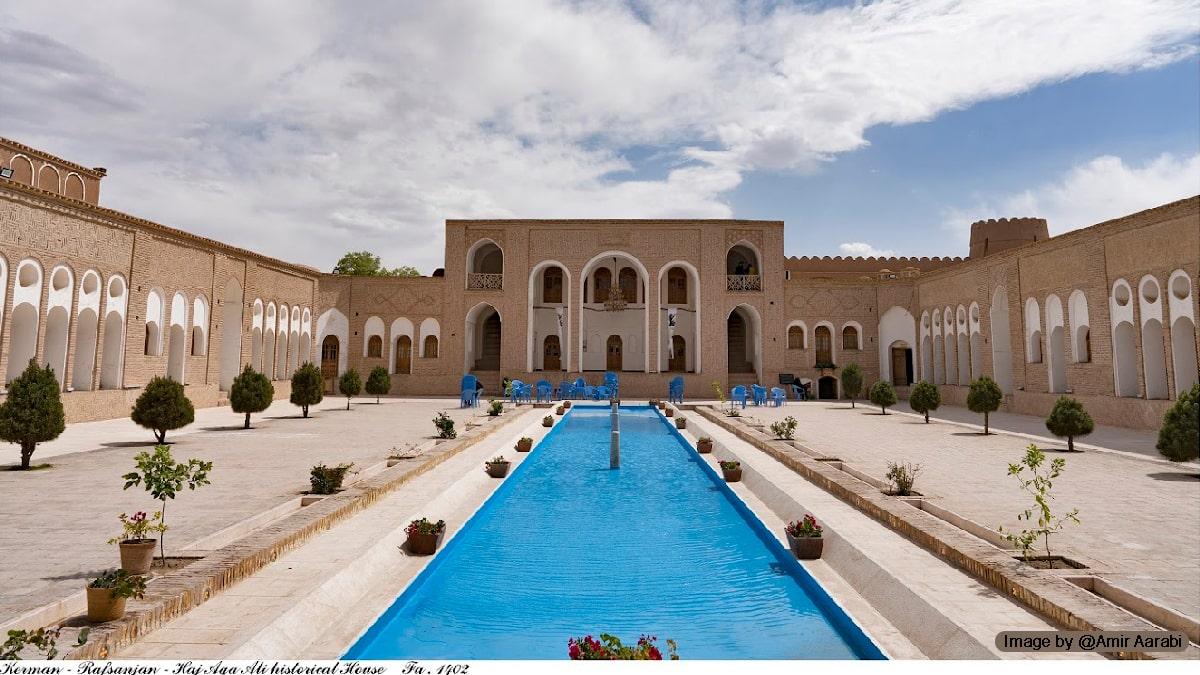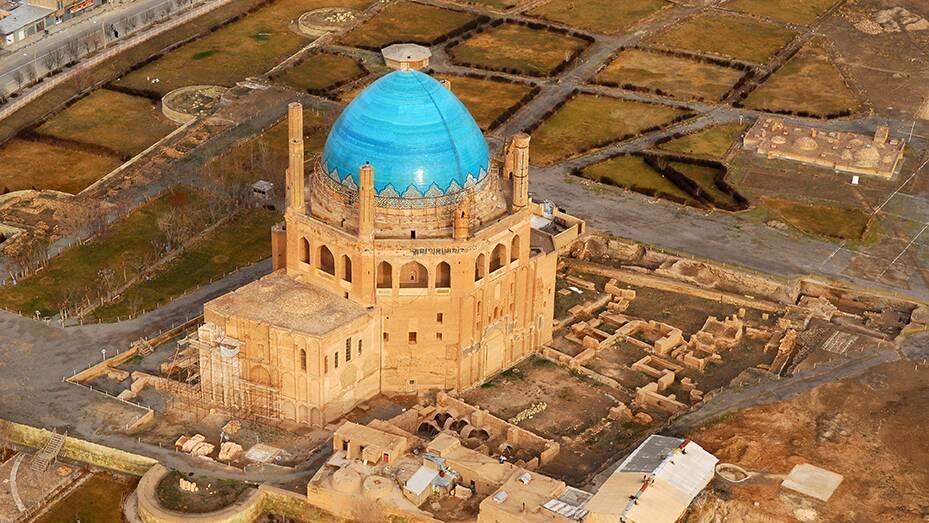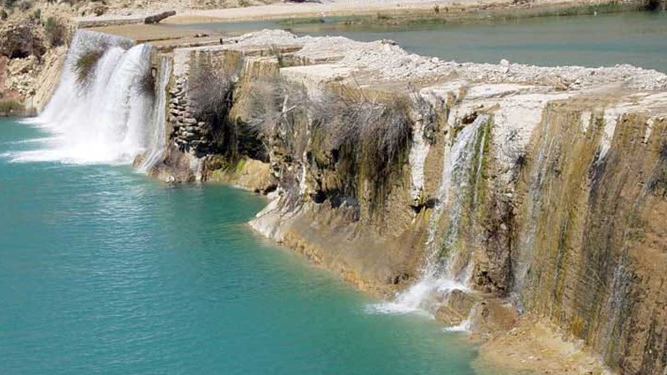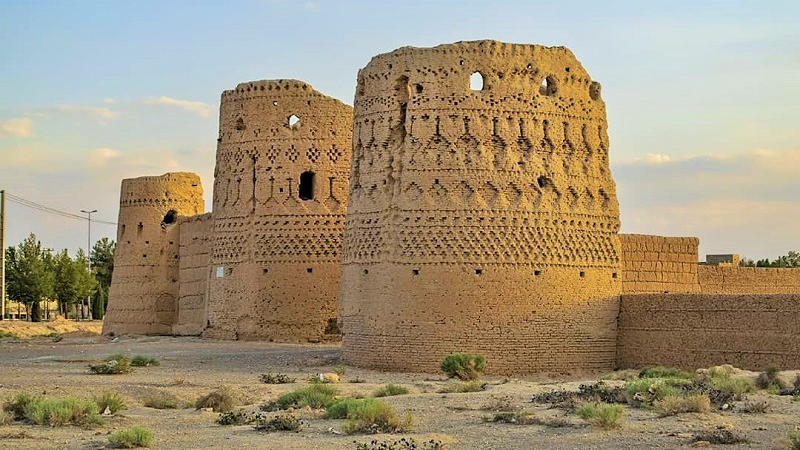
Jame’ Mosque of Abarkuh
Located in the historical province of Yazd and with a population of more than 60,000 people Abarkuh has numerous unique historical monuments and is considered one of the 14 cities of Iran with the highest number of tourist attractions such that 146 of them have been inscribed on the list of Iran’s national heritage. From among the 75 mosques of this city, 30 mosques are of historical value, of which Jame’ Mosque of Abarkuh is considered the leading one.
History of Jame’ Mosque of Abarkuh
Mosques have always been considered the main cultural and social foundation of society since the beginning of Islam. Following the advent of Islam in Iran, mosques found a special place in every city and came to be regarded as one of the main social centers.
As one of the most important headquarters of social activities in this city, the Jame’ Mosque of Abarkuh was established during the rule of the Ilkhanate dynasty around the 14th century AD. Although this mosque was rebuilt later in the Timurid era (15th century AD), traces of its founding period can still be seen inside the mosque. During the reconstruction of this mosque in the Timurid era, some new structures like the eastern porch, where a niche with plasterwork can be seen, were added to the main structure of the mosque.
|Some tombstones from 1416 and 1599 AD have been discovered in the courtyard of the mosque. The discovery of certain artifacts from the pre-Islamic era within the vicinity of this mosque strengthens the idea that the longevity of some parts of the mosque dates back to the era before the advent of Islam in Iran. According to the available evidence, after the conversion of Iranians to Islam, many mosques were built on the ruins of old places of worship.
Architecture of Jame’ Mosque of Abarkuh
Even though completely built of raw clay several centuries ago, the Jame’ Mosque of Abarkuh is still standing with strength and glory after hundreds of years. Since mosques were used as a place for holding important religious ceremonies, they were usually built in the form of four-porch buildings; the principle that can even be observed in the Jame’ Mosque of Abarkuh.
The main entrance of the Jame’ Mosque of Abarkuh faces north with a tall portal and an octagonal vestibule connects it to a rectangular courtyard of the mosque. Like many buildings left from the Ilkhanate era, there is a cruciform-shaped cellar, measuring 10 by 10 meters, in the courtyard of this mosque. There is a chapel in the southeastern part of the entrance, the arches of which are beautifully decorated with muqarnas. The mosque also has another nave, which has been built in the western part, with a porch in front of it.
A minaret and an alcove have also been built in this mosque. Jame’ Mosque of Abarkuh has many niches, of which the two main ones are historically the most important. One of these niches, known as “Mehrab-e Bozorg”, is made of marble and has two decorative columns. This mihrab is built with the same architecture as that of the Mongolian buildings and has a 45-degree angle difference from the Qibla. The other niche was created to correct this angle difference and because of the change in the direction of the mihrab, Jame’ Mosque of Abarkuh is also called the “Two Qibla” mosque.
Apart from these two, four other niches have been built in this mosque, three of which are made of marble and lime and the other one is made of simple tiles.
The inner decorations of the mosque are created by using arabesque designs and plant motifs. The interior decorations of the mosque are as minimal as possible, probably because its founders believed that the use of flashy decorations might distract people from their acts of worship. Certain inscriptions can also be seen in the mosque, which are written in Naskh and Kufi script and in the style of plasterworks.
Jame’ Mosque of Abarkuh, which is located in the central part of the city, was inscribed on the list of Iran’s national heritage in the year 1933 AD.
Located in the historical province of Yazd and with a population of more than 60,000 people Abarkuh has numerous unique historical monuments and is considered one of the 14 cities of Iran with the highest number of tourist attractions such that 146 of them have been inscribed on the list of Iran’s national heritage.
| Name | Jame’ Mosque of Abarkuh |
| Country | Iran |
| State | Yazd |
| City | Abarkuh |
| Type | Historical |
| Registration | No registration |

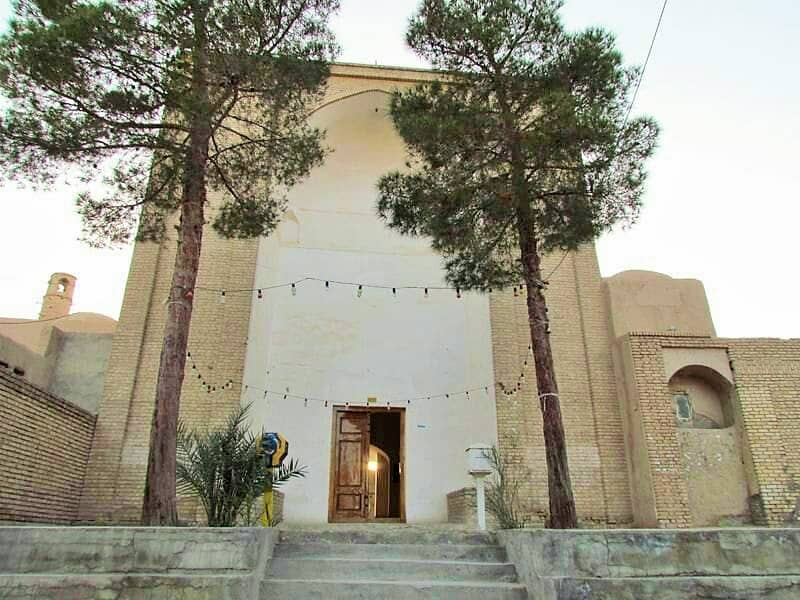
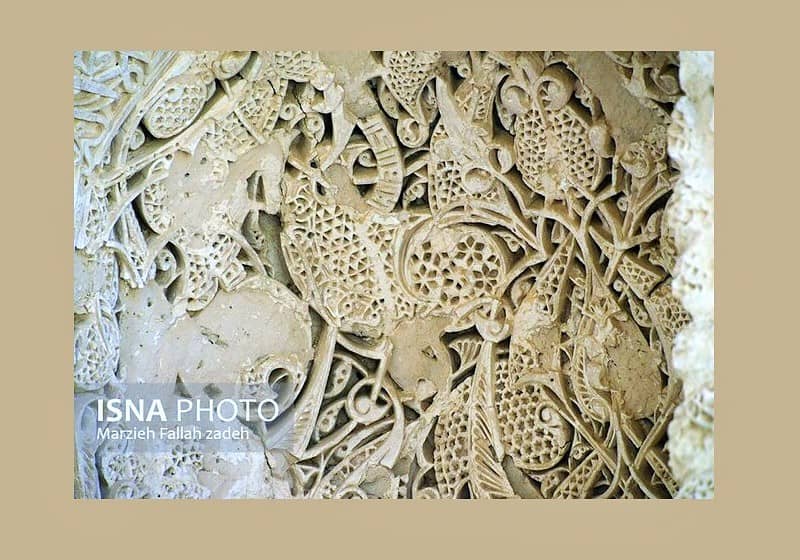
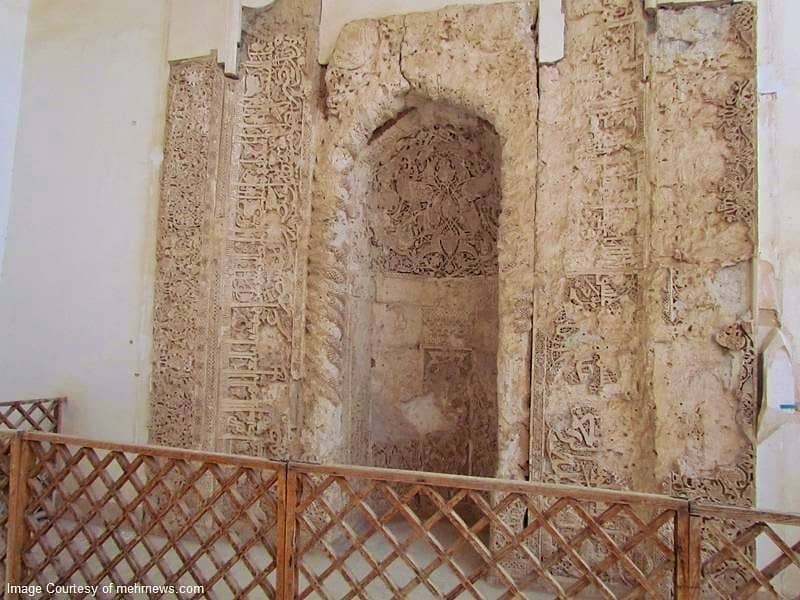




Choose blindless
Red blindless Green blindless Blue blindless Red hard to see Green hard to see Blue hard to see Monochrome Special MonochromeFont size change:
Change word spacing:
Change line height:
Change mouse type:
